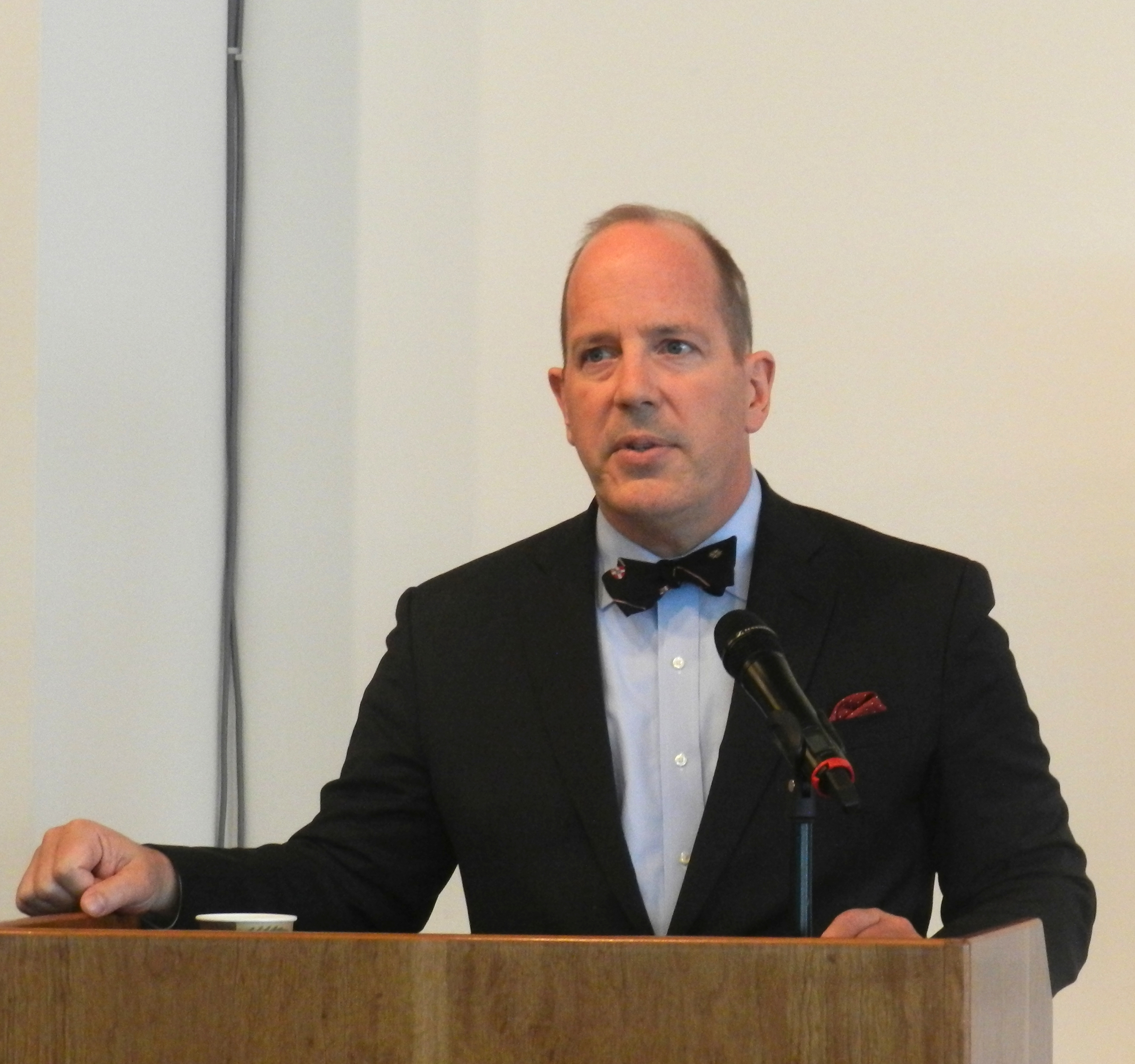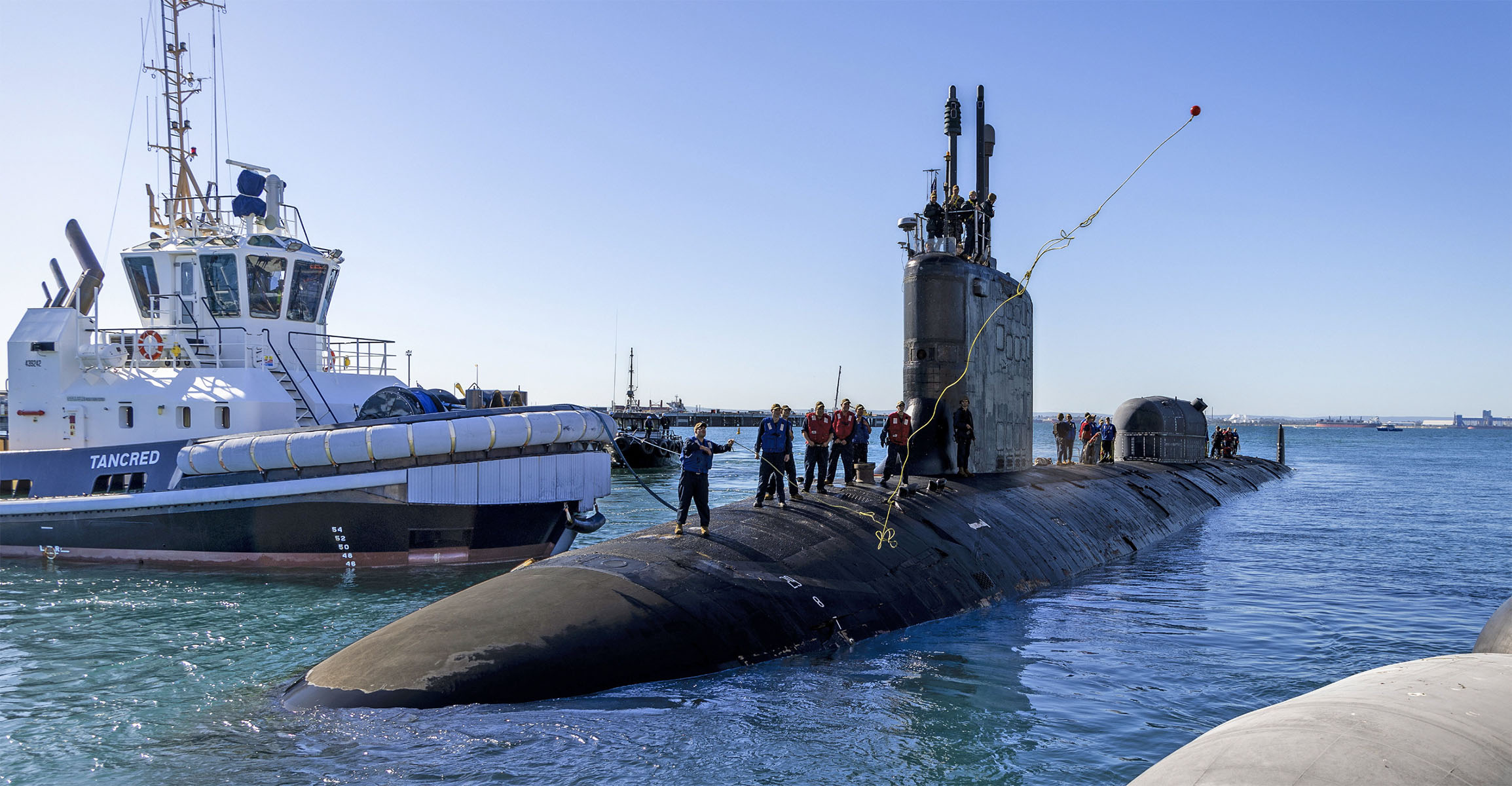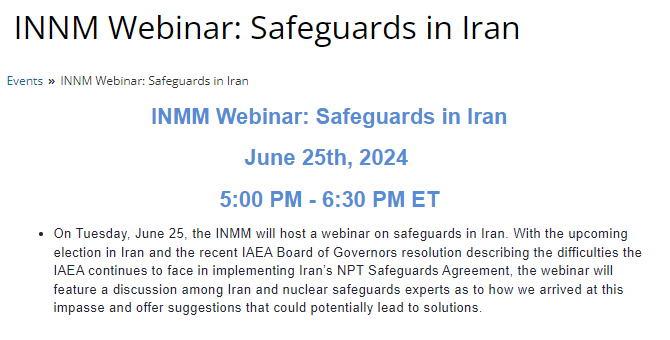
On 25 June 2024, VCDNP Non-Resident Senior Fellows Laura Rockwood and John Carlson participated in a webinar on nuclear safeguards in Iran hosted by the Institute of Nuclear Materials Management. Against the background of Iranian elections and a recent International Atomic Energy Agency (IAEA) Board of Governors resolution describing difficulties in the implementation of Iran’s NPT comprehensive safeguards agreement (CSA), the webinar featured a discussion among internationally recognised experts on Iran and safeguards. The discussion touched on how the current situation came to be as well as potential solutions.
The discussion was moderated by Ms. Rockwood alongside James Larrimore, a former IAEA official in the Department of Safeguards. Mr. Carlson was joined as a speaker by Kelsey Davenport from the Arms Control Association, Ali Vaez from the International Crisis Group and Olli Heinonen, former IAEA Deputy Director General for Safeguards and currently with the Stimson Center.
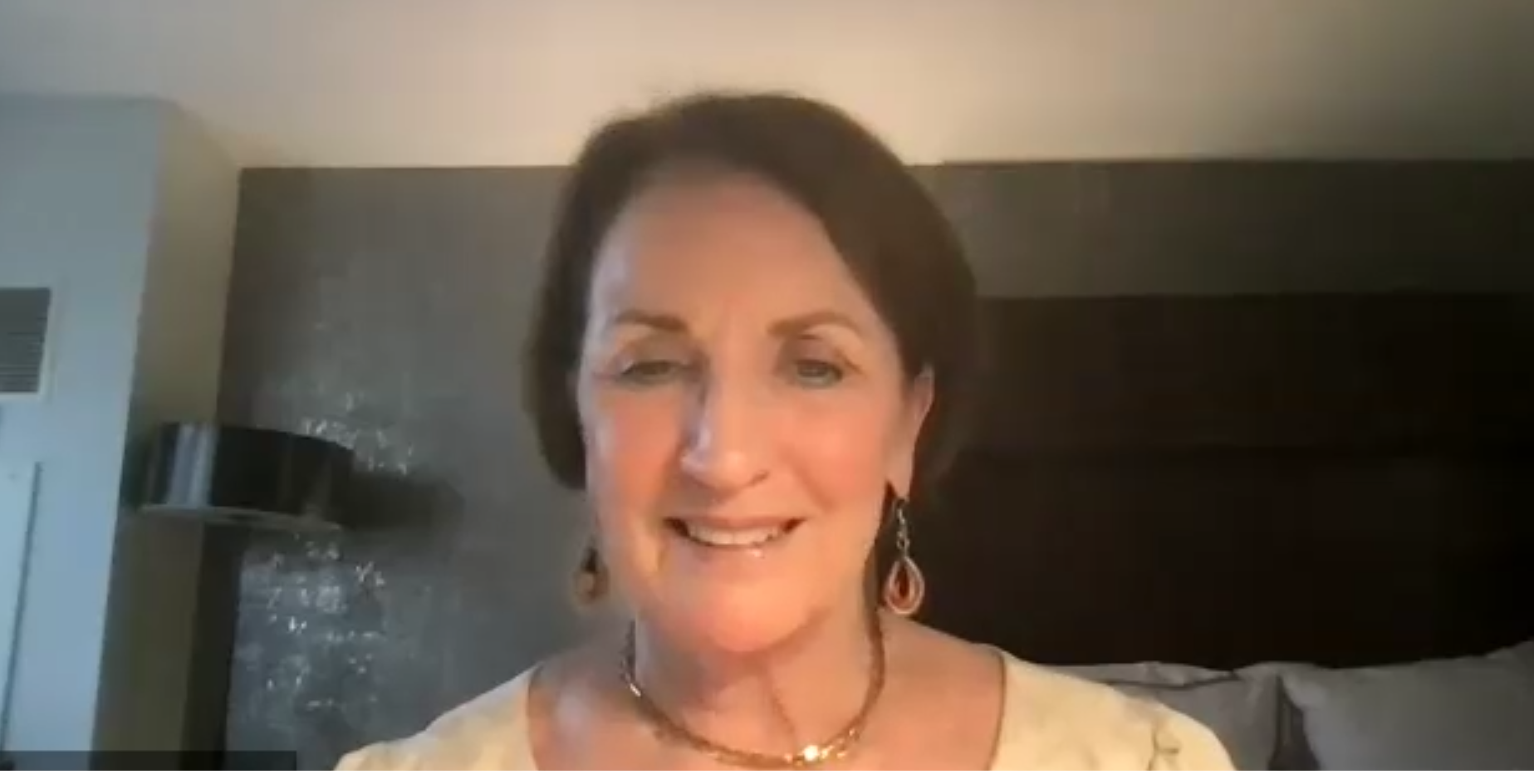
Ms. Rockwood opened the webinar by providing background on the issues regarding Iran and its nuclear programme. Having become a party to the NPT in 1970, Iran concluded its requisite CSA with the IAEA in 1974. Starting from the early 2000s, the IAEA identified issues in safeguards implementation in Iran, resulting in a finding of non-compliance in 2005 which was reported to the UN Security Council in early 2006. Early efforts to resolve outstanding safeguards issues and agree on constraints on Iran’s nuclear programme were not successful. However, as a result of negotiations between Iran and China, France, Germany, Russia, the United Kingdom, the United States and the European Union, agreement was possible in 2015 on the Joint Comprehensive Plan of Action (JCPOA), which imposed restrictions on Iran’s nuclear programme in exchange for the lifting of sanctions. In 2018, then-President Donald Trump withdrew the United States from the JCPOA. Efforts to revive it have been unsuccessful. Since 2019, safeguards implementation in Iran has been stymied as the Iranian government progressively ceased implementing measures under the JCPOA, including provisional implementation of its additional protocol.
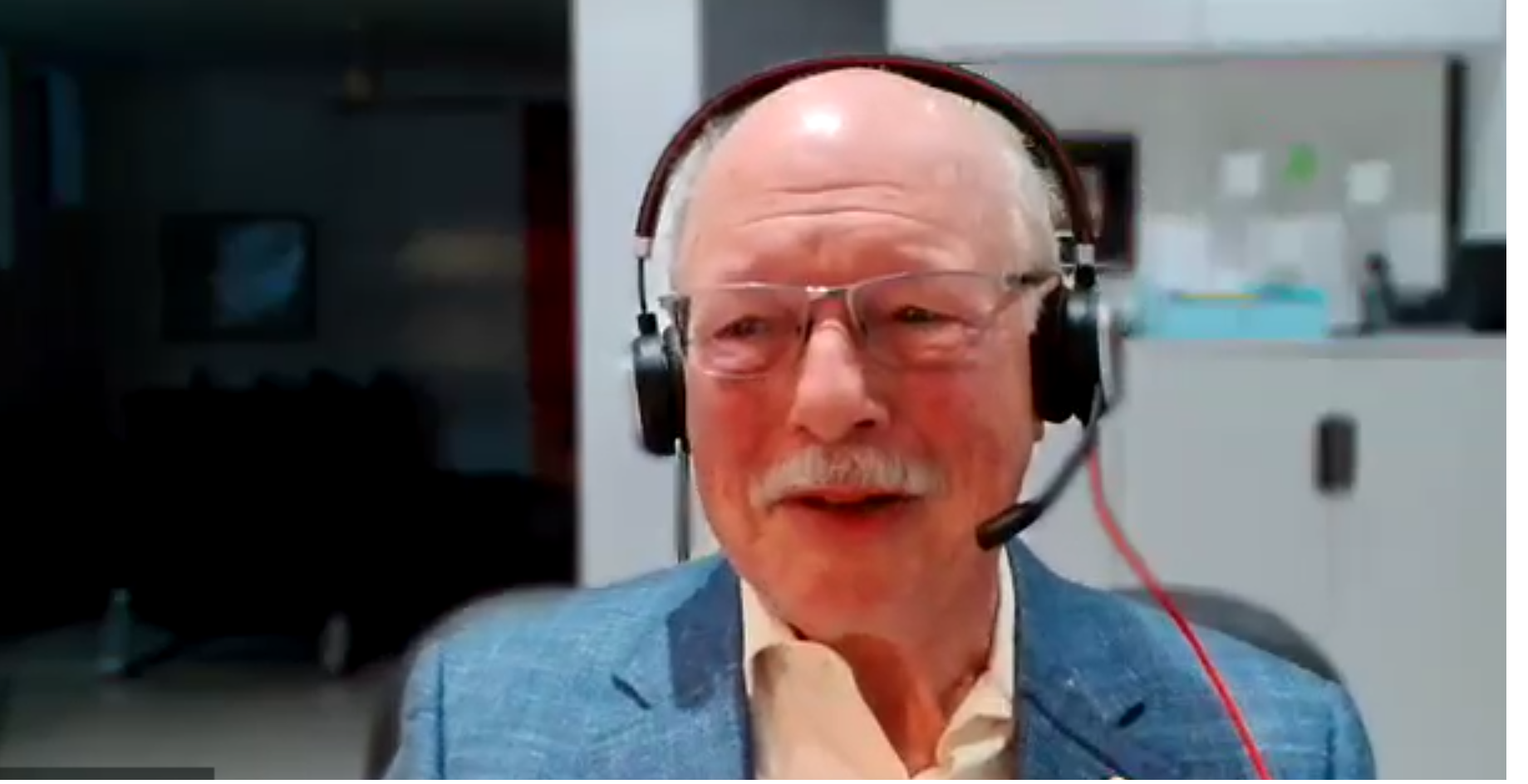
Mr. Carlson then suggested some ways to ameliorate the current situation. He stated that requiring an additional protocol for all non-nuclear-weapon States (NNWS) with nuclear facilities would be a valuable step. Another step would be increased transparency: verification and monitoring measures for NNWS with enrichment or reprocessing. Ultimately, however, safeguards measures alone are not sufficient. He suggested the adoption of a resolution by the UN Security Council which could explicitly prohibit hedging, though there are issues of definition. Another approach would be prohibiting high enrichment and reprocessing by NNWS. A third approach would be a UNSC resolution requiring multi-nation approaches to proliferation-sensitive fuel cycle activities. Finally, he proposed a regional approach such as a Nuclear-Weapon-Free Zone in the Middle East that would also include fuel cycle restrictions.
The other speakers added a variety of perspectives. Ms. Davenport provided an overview of Iran’s history and implementation of safeguards, as well as current safeguards issues faced by the IAEA in Iran. She stated that potential avenues for improvement in the current situation included sanctions relief in exchange for greater cooperation with the IAEA, timely preparations for a monitoring regime in a potential new nuclear deal and the development of a standardised response to safeguards non-compliance.
Mr. Heinonen explained that Iran had produced large quantities of uranium for which there was no plausible civil application in Iran’s nuclear programme. The status of Iran’s nuclear programme today means that a new version of the JCPOA would need to tackle additional challenges. Mr. Vaez stated that Iran had become more sceptical of a diplomatic solution, and that it would likely only be amenable to narrow and transactional steps that would leave room for hedging. Mr. Vaez was of the view that a second Biden administration would likely be interested in finding an interim agreement to work towards a longer-term solution, while a Trump administration would likely seek to apply increased pressure on Iran, which could result in Iran doubling down on its nuclear programme.


